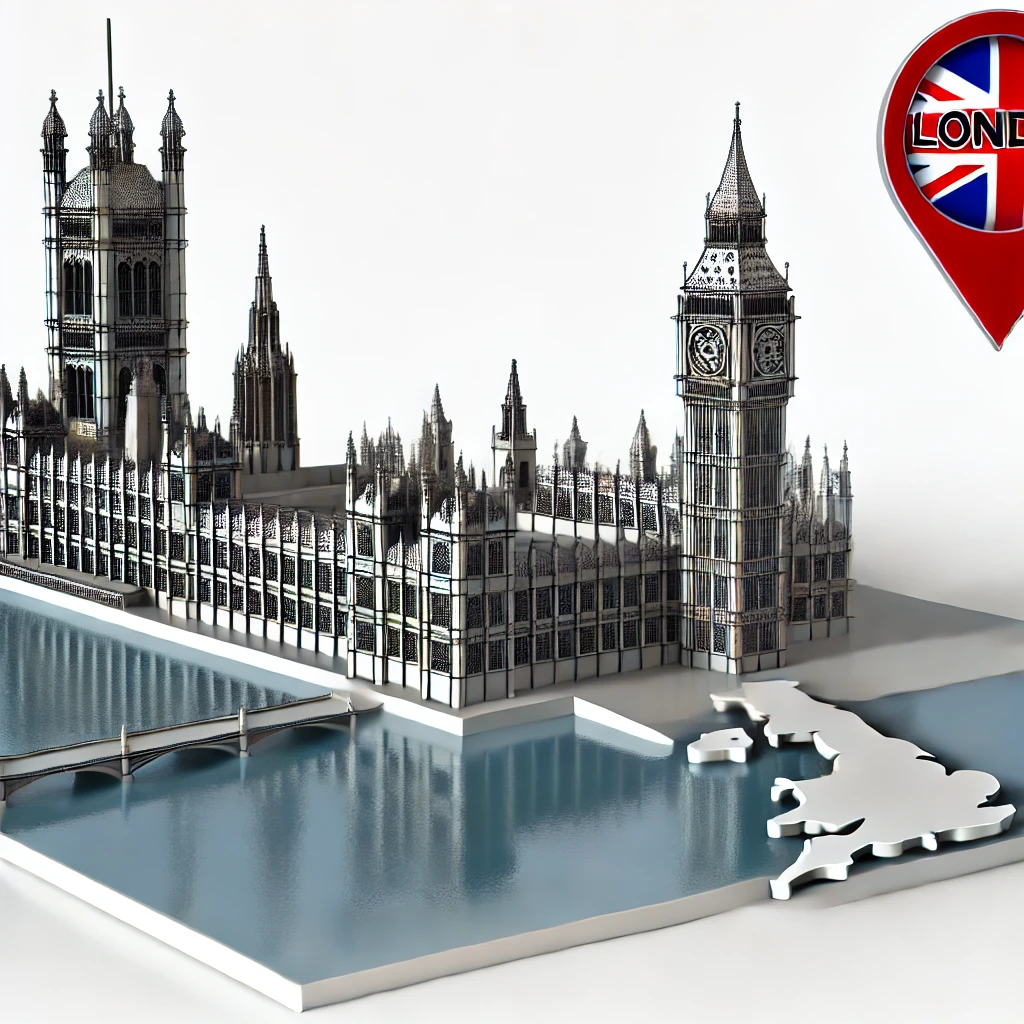In the face of global economic uncertainty, the United Kingdom has unveiled a comprehensive plan aimed at revitalizing its economy. This initiative seeks to address various economic challenges brought on by post-pandemic recovery, inflationary pressures, and international trade disruptions. Here, we delve into the steps proposed by the U.K. government and how they can reshape the country’s financial landscape for a more prosperous future.

1. Boosting Domestic Investment
The U.K. government is set to enhance domestic investments in key sectors like infrastructure, technology, and renewable energy. By injecting substantial funds into these industries, the aim is to create jobs, increase productivity, and modernize the nation’s economy. This move will further solidify the U.K.’s position as a hub for technological innovation and sustainable energy solutions.
For readers interested in learning more about the importance of domestic investments, visit our comprehensive guide on Why Domestic Investment Matters.
2. Trade Agreements and Global Partnerships
A significant part of the U.K.’s plan revolves around negotiating new trade agreements with emerging economies and solidifying existing partnerships with global leaders like the United States, India, and the European Union. These agreements aim to foster economic growth by opening new markets for U.K. goods and services.
By focusing on trade liberalization, the U.K. can mitigate some of the adverse effects of Brexit while positioning itself as a strong competitor on the international stage. For the latest updates on trade deals, follow our detailed report on U.K. Trade Partnerships.
3. Tax Incentives for Businesses
The U.K. government is introducing tax incentives to encourage businesses to invest in research, development, and green technologies. This strategy is expected to stimulate innovation and drive sustainable economic growth. In addition, small and medium-sized enterprises (SMEs) will benefit from reduced taxes, making it easier for them to thrive in a competitive market.
Explore our recent article on Tax Incentives for Small Businesses for more details on how SMEs can take advantage of these new opportunities.
4. Strengthening the Labor Market
To ensure a stable economic future, the U.K. government is also focusing on building a skilled and adaptable workforce. By investing in education and vocational training, the goal is to equip workers with the necessary skills to succeed in rapidly changing industries like artificial intelligence, robotics, and renewable energy.
For more insights into U.K. labor market reforms, check out our feature on Future-Ready Workforce.
5. Managing Inflation and Fiscal Policies
Amid rising inflation, the Bank of England has taken decisive action to stabilize prices by adjusting interest rates and implementing targeted fiscal policies. The U.K. government is working closely with the central bank to ensure inflation is brought under control without hampering economic growth. This coordinated effort is expected to safeguard consumer purchasing power and support sustainable economic development.
For a deeper understanding of inflation and its impact, refer to our article on Inflation Management Strategies.
Conclusion
The U.K.’s multi-pronged approach to addressing economic challenges promises to foster growth, create jobs, and maintain financial stability. By focusing on key areas such as domestic investment, trade agreements, tax incentives, workforce development, and inflation control, the country is positioning itself for long-term prosperity in an increasingly complex global economy.
Stay updated on the latest economic developments by subscribing to our newspaper.






